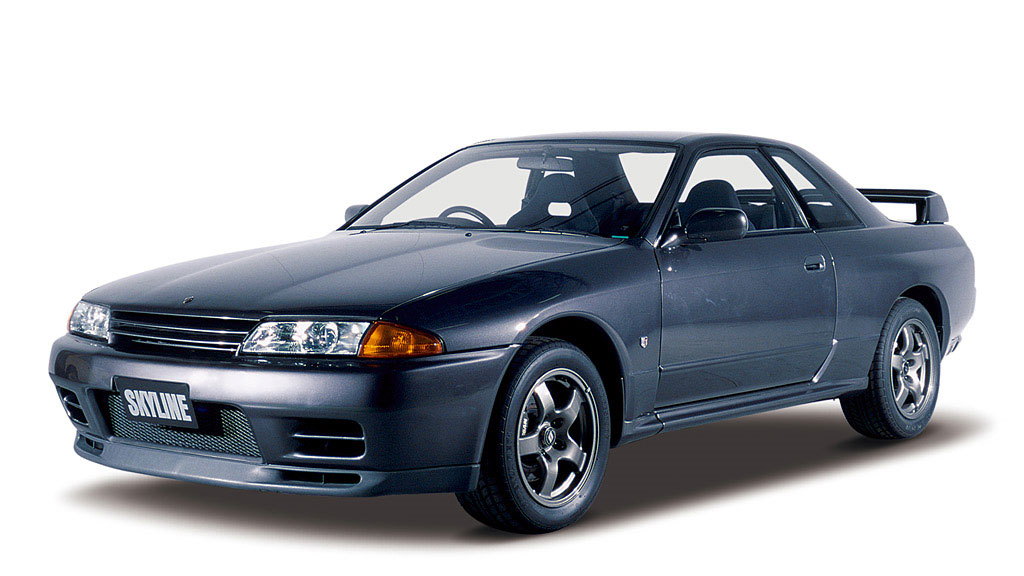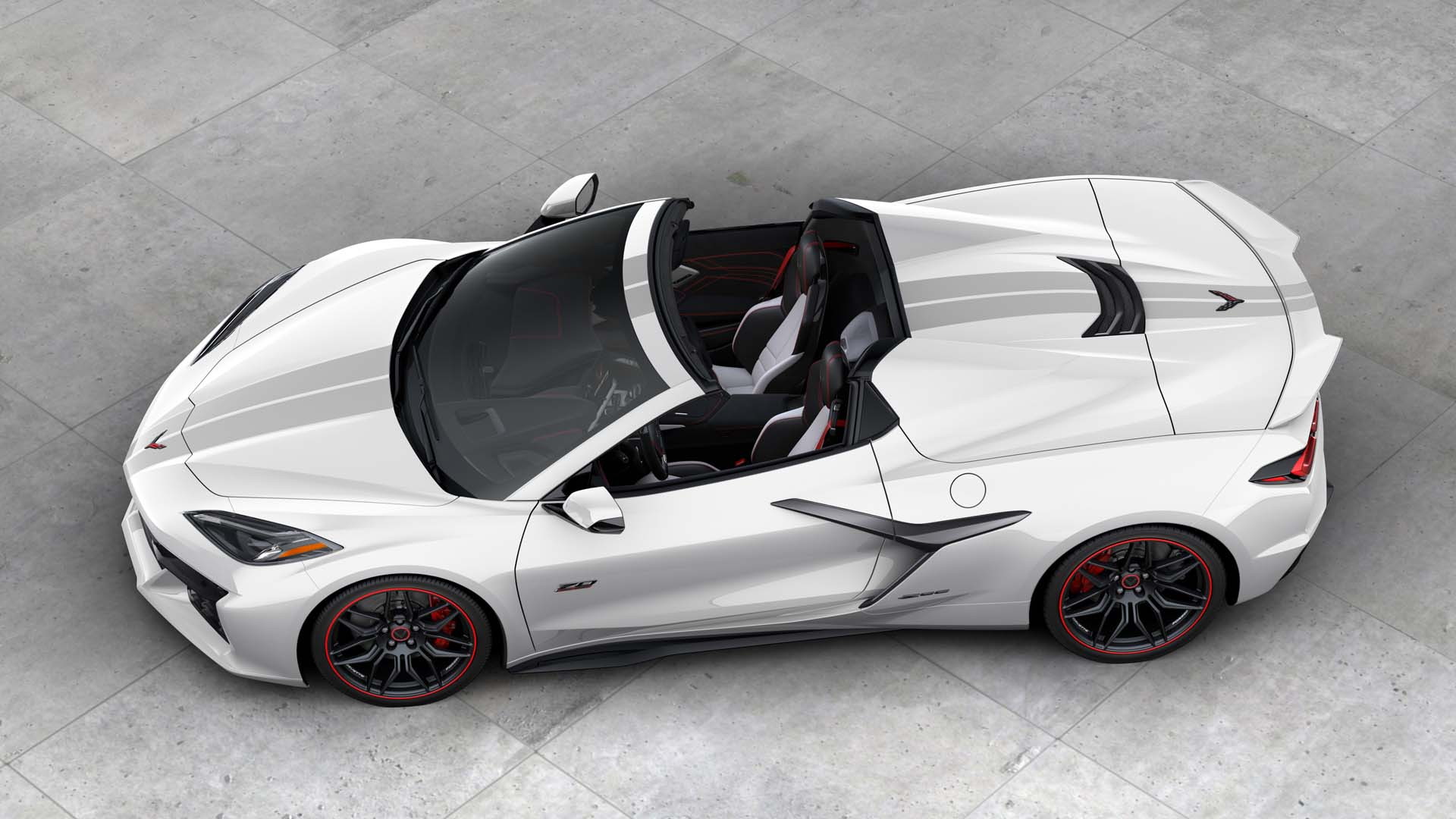A couple of years ago Nissan showed how it could program a pair of robots to form a variety of complex metal parts for cars, thus avoiding the long lead times and high upfront costs associated with the traditional method of using a stamping press.
Called dual-sided dieless forming, the method involves a pair of synchronized robots, one on each side of a fresh sheet of metal, gradually shaping the metal using diamond-coated tools.
At the time, Nissan said it was looking to commercialize the method with a view to using it to produce replacement parts for older models. Well, on Monday the automaker said it is currently using the method to churn out parts for its Nismo Heritage Parts program, which offers replacement parts for classic Skyline GT-Rs, as well as a full restoration service.

R32 Nissan Skyline GT-R rear panel

Nissan develops dual-sided dieless forming technique
The first commercially available part produced using dual-sided dieless forming is a rear panel for the R32 Skyline GT-R. More parts are planned, so expect some for the R33 and R34 Skyline GT-R generations in the future.
Nissan is also using 3D printing to form parts for the Nismo Heritage Parts program. The automaker said 3D printing is typically used for non-metal parts. For example, a resin protector for the harness in the R32 Skyline GT-R.
The Nismo Heritage Parts program was launched in 2017 and currently offers over 300 parts for the R32, R33 and R34 Skyline GT-R generations. The cars' values continue to soar, especially now that more and more examples are becoming eligible for import into North America, and as a result there's a lot more interest in maintaining them.







